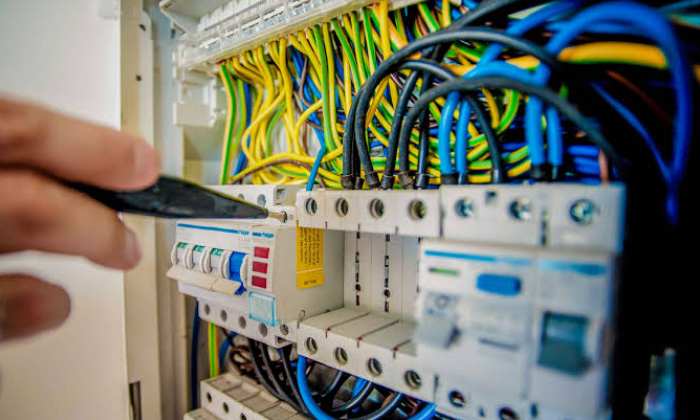As soon as it has been manufactured, insulation begins to age, and with age comes deterioration, with the process only further accelerated in harsh installation environments, particularly those that feature extreme temperatures or contamination with chemicals.
The electrical resistivity of insulation can be reduced by wear and tear, causing an increase in leakage currents that can be both costly and dangerous. It is, therefore, crucial for deterioration to be spotted as soon as possible to take corrective steps. Regular IR tests, using an ir tester, detect premature deterioration and aging of insulation materials before they reach dangerous levels.
How are Insulation Resistance Tests performed?
Measuring insulation resistance is a standard test that has to be performed on all electrical cables and wires. The purpose of the test is the measuring of the objective value the insulation in the face of a direct voltage of significant stability, usually between 50 to 1000 VDC. The insulation resistance’s ohmic value is expressed as megohms, and to meet insulation resistance test standards, it has to be performed with voltages of up to as high as 1500 VDC. Because the voltage source is stable, the test voltage can be adjusted one volt at a time.
Insulation resistance needs to be around one megohm per 1000 operating volts, with one megohm being the minimum value. For instance, a motor with a rating of 2400 volts needs to have a minimum insulation resistance of no less than 2.4 megohms.
That the voltage is stable is of vital importance because non-regulated voltages will suffer a sharp fall if there is terrible insulation and can result in the measurement is inaccurate.
Measuring Insurance Resistance
An IR tester is used to measure insulation resistance. This portable tool, essentially an ohmmeter that comes with a generator that has been built in to produce a high voltage, usually measures a minimum of 500V and resulting in a current flow on the insulation’s surface which provides an IR reading in ohms.
Ohm’s Law is the term given to the rules that are used to create insulation resistance test standards. The injection of a known DC voltage that is lower than the dialectic testing voltage standard and the subsequent measurement of the current flow makes it easy to work out the resistance’s value.
The resistance’s value should be very high, it should in principle not be infinite, which means that the measurement of the low current flow will result in the IR tester providing a result in GW, kW, and MW and in some models even TW. The resistance gives a good indication of the insulation quality between the two conductors as well as a likelihood of the risks the leakage currents that are flowing.
A high IR number indicates good insulation, with the reverse also being correct, although factors such as temperature and humidity also need to be taken into consideration.
To measure large electrical resistance, there should be a much higher measurement voltage than is standard for resistance measurements, within the range of 100 to 1000 VDC.
Ensuring that test standards are met is the best way to ensure insulation resistance can successfully prevent the likes of short circuits and electric shocks caused by degraded insulation.
Also Read: Amazon Alexa is launching Big-B Voice for users.
Also Read: Zoom Security, two factor authentication is available.

